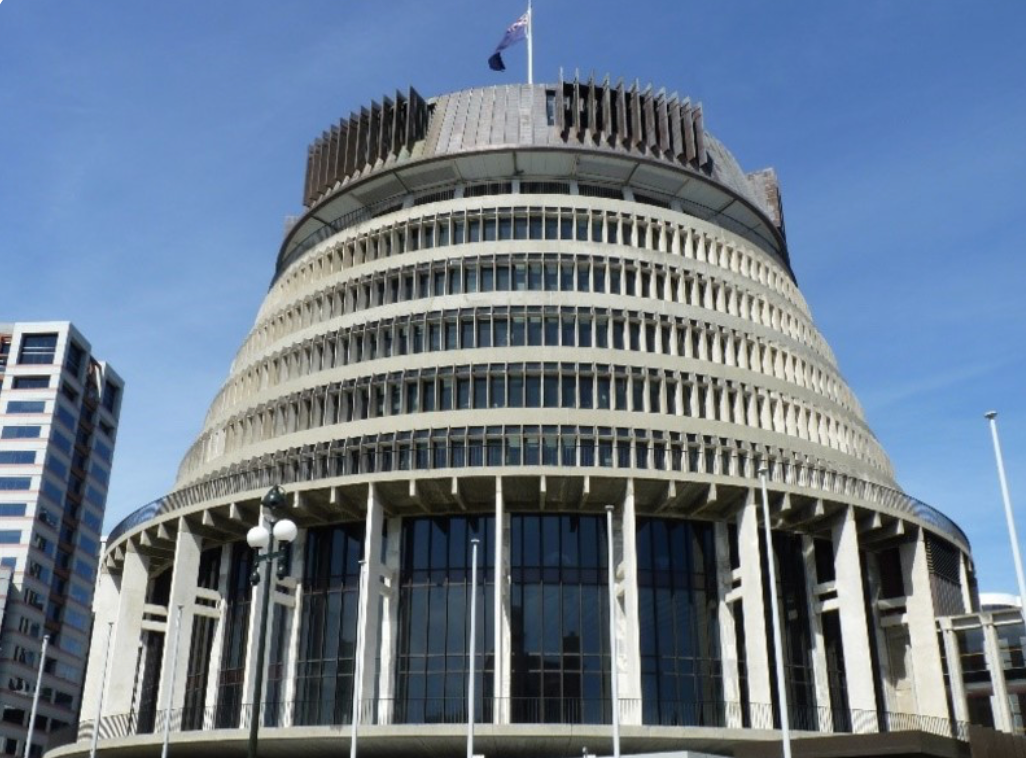CMA announces review of England & Wales legal market
Crispin Passmore • September 9, 2020
Balancing demand and supply side interventions

Let's start with a brief reminder of some of the 2016 recommendations and a temperature check on progress against them. The CMA made three short-term recommendations:
(a) MoJ should undertake a review of the independence of regulators(b) Regulators should take action to reduce regulatory costs(c) Remove regulatory restrictions to allow solicitors to practise in unauthorised firms
The longer term recommendations were comprehensive and often detailed - reflecting the detailed analysis and deep expertise from the CMA. Asking MoJ to rethink the regulatory architecture was proposed as the core long term solution to the problems they identified. A single regulator, with fewer reserved activities and a risk based approach is the inevitable end game but that may be years away. They also noted the high cost of regulation which may be excessive, and welcomed the SRA's work to simplify the Code of Conduct and reform professional indemnity insurance. They noted the impact on competition of the combination of high regulatory costs and title based regulation: 'the costs of excessive regulation will be spread across all activities undertaken by the authorised provider - including lower risk, unreserved legal activities. As a consequence, disproportionate regulatory costs may unnecessarily raise the cost of these unreserved services to consumers.'
Price transparency obligations for regulated firms also came out of the 2016 study. Recommendations on transparency went beyond price, covering initial client care letters and an expectation that regulators would do more to incentivise firms to send signals on quality to consumers. All of this was squarely aimed at empowering consumers to compare legal services providers easily and actively - because strong and demanding consumers can be the most direct way to change law firm behaviours and service offers.
So how much progress has been made? Very little from MoJ
on the biggest issues. They have done almost nothing to support regulator independence. I suspect that they think the Legal Services Board has the powers to tackle this already and are surprised they have not done so more robustly. Certainly we have not seen MoJ commit to any major review of regulatory architecture. Most recently they have said little of merit in response to Professor Mayson's Independent Review of Legal Services Regulation
which set out a blueprint for reform that I have blogged on previously (including setting out my own thoughts on regulatory reform in the first blog) here, here
and here. There is little sign that Minister's want to review the overall approach so there is nothing more that the CMA can say on the subject in this review.
The SRA has made good progress on most of the other recommendations. It has delivered new Codes of Conduct that are simple and clear (one solicitor told me that they started reading them with dread but ended up actually enjoying them: 'a real page turner'. Another told me how well written they were - a nod to the expertise of the SRA's GC). The SRA has delivered reforms that allow solicitors to practise through unauthorised firms - delivering the sort of benefits that the CMA expected (witness for example LOD, Rocket Lawyer, Aria-Grace
and Hybrid Legal). However, the SRA backed away from reform of PII under pressure from the Law Society and the absence of clear support from the LSB - my sense being that it is really hard for the SRA to deliver these sorts of reforms when it is also trying to persuade the Law Society to put it into a separate legal entity. It is no a surprise that the CMA, as a properly independent body, could make more confident and robust recommendations than conflicted regulators.
The SRA and other regulators have made mixed progress on the transparency agenda. New rules are in place on price but there has been little by way of enforcement action that we have seen so far. This is exactly the sort of subject that an SRA 'thematic review' can be tailored towards: broad desk-based research to assess overall compliance, a mix of random and targeted engagements with firms, a report that highlights good and bad practice supported by a review of guidance and, if a pattern on non-compliance exists, a clear warning notice to the market on future compliance. It is not enough to check what information is on the website - firms need to be held to account for its accuracy and its usefulness to consumers. If firms publish guide prices of £500 to £10,000 for a divorce it is of little use to the customer. It may be that the SRA has this in hand - the pandemic has slowed most things down and we may see public activity and enforcement soon. But the CMA will need to take a view as to the effectiveness of implementation in this area.
The CMA will be particularly interested in quality signals. Understandably, trade associations such as the Law Society will call for more of a focus on quality than price - anything to separate solicitors firms from unregulated legal business (despite the fact that it is their members that are working in these unregulated firms). But as the CMA noted in its 2016 report, quoting the Regulatory Policy Institute 'poorly targeted regulations derived from an assumption that higher quality of service is always in the consumer interest rather than recognising that consumers may legitimately make trade-offs between quality and the price of services.' I am not at all convinced that the millions of people and small business that cannot afford any legal services want better quality signals - they want lower and predictable pricing and it is supply side reforms that are most likely to deliver that.
Quality does matter of course. That is why we regulate who can become a solicitor and reserve some activities to regulated individuals and firms. But I see little evidence that consumers actually need more information on quality. Those facing the most serious issues, say a criminal allegation or a threat of a child being taken into care, or even an allegation of defamation or a major financial claim, do find their way to expert lawyers. The market does in fact help them navigate and choose - they choose solicitors firms over unregulated for the most important issues, and barristers over solicitors for most advocacy: that is smart choices in action. But for lower level or routine legal services the current major model of supply provides too much quality - gold plated and disproportionate advice and assistance. For example, being quoted £5,000 for initial advice to tackle a defamation claim that would settle for less than £5,000 makes no sense - consumers would prefer a level of quality and service that is proportionate to the problem rather than the best advice that is achievable. It is the absence of choice, of innovation and technology that drives the lack of access for the large run of legal services for individuals sand small businesses that are simply not met by the current market. That is why new entrants are so focused on clear product design, predictable pricing and good service. And it is why the best law firms are responding in kind.
The CMA has wide powers to intervene aggressively if after this three month review it is not satisfied. It will not simply be asking if its recommendations have been delivered but will be asking if consumers are getting the deal from this market that they should. I hope that it takes a robust view on the supply side barriers that still exist. Most experts now agree that the list of reserved activities should be shortened - probably to just conduct of litigation and the exercise of certain rights of audience. The SRA should be tasked with another round of regulatory reform - not least on PII where the current round of price increases is surely ending the debate about the need for reform. The LSB should take real and robust action to put regulators beyond the reach and influence of professional bodies once and for all: if they want to retain their nominal role in legislation it must be at the price of any lobbying of their subsidiary being only in public. If more is to be done on consumer choice then perhaps it is time to bite the bullet and for the LSB and Consumer Panel to set up a comparison website and require that law firms provide the information required to make that work.
The rest of the world will be watching and will be intrigued by this CMA review. They already hold the Legal Services Act and subsequent SRA reforms as the gold standard in regulatory reform. But non-lawyer ownership is just one part of the solution. As I have said previously, there is no magic bullet to increase supply and innovation - regulatory reform is a never ending challenge. The CMA will hold the SRA's feet to the fire so that it keeps chipping away at barriers to entry, high regulatory costs, over-regulation and weak consumer participation. That is an important counterweight in a system where vested interests and the weight of history still act as a disproportionate drag on the development of modern regulation.
Before submitting any thoughts to the CMA on the detail of its review
I will be re-reading all 519 pages of its 2016 final report. I urge others to start with this expert analysis rather than there own sacrosanct positions.

The Legal Tech Fund ran the best event for innovators int he legal market that I have found. TLTF 2023 was a a great opportunity to learn new things but best of all were the connections made and friends seen. These enabled new discussions and deeper debates about technology, capital deployment and liberalisation. TLTF 2024 is just one year away - I'm already excited.









